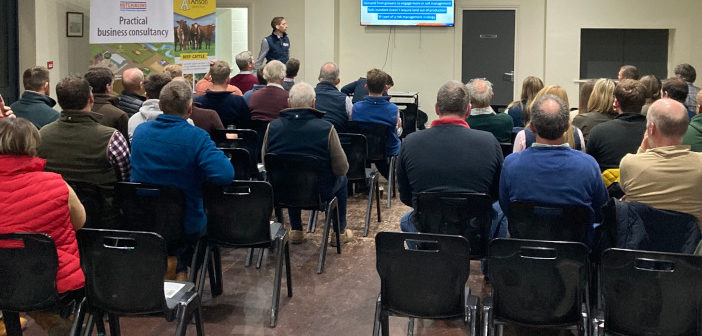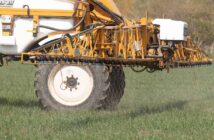Farmers – especially livestock farmers – are being encouraged to make the most of the opportunities presented to them by the Sustainable Farming Incentive (SFI) improved grassland soils standard.
The SFI improved grassland soils standard has two levels, introductory and intermediate, with an advanced option expected to land in 2023. Each level has several requirements to qualify for a payment over the agreement’s three years.
Below, Hutchinsons’ Matthew Powell explains the four key measures that farmers are required to carry out for the introductory level:
- Assess soils and form a soil management plan. Review regularly to identify issues and remedial actions (e.g. surface pooling due to compaction addressed with methodical use of roots and targeted cultivations)
- Test soil organic matter (tests must have been done within five years)
- Apply organic matter to every parcel in the agreement at least once in three years
- Maintain 95% overwinter cover (December 1 – February 28), so no more than 5% can be bare ground, including poached land.
He added that the intermediate level includes all of the above, as well as a requirement for a diverse sward containing herbs and legumes, to be established on 15% of land within 12 months.
Continuing, Mr Powell said: “All grass is eligible, unless it’s completely unimproved for over 15 years. For this, an unimproved grassland option is due for later release.”
While land can include “a mixture of grasses, legumes, and herbs, could be reseeded or overseeded, and you can maintain an existing herbal ley to meet the requirement.” Plus, the eligible area can be moved around the farm.
Charlie I’Anson, of Yorkshire-based I’Anson Farm Feeds, highlighted at a recent farmer meeting that grass and clover is the main option for livestock farmers. ‘However, having more species in a sward made optimising harvest timings crucial, particularly to reduce the risk of lignification’.
As such, red clover was noted as being particularly good for improving daily liveweight gain in fat lambs, but farmers were warned that they need to be aware of potential fertility issues that it can cause in breeding ewes, ‘so only use it as grazing mix for fattening offspring’.
Hutchinsons’ Will Foyle, at the farmer meeting, acknowledged the slow SFI uptake and said that it was partly due to the fact that some farmers viewed the payment as too small. However, he said that it was important to understand that unlike previous CSS options, SFI payments are available across all eligible hectares entered into the standard – even if the action only had to be completed on a percentage of that land.
Mr Foyle concluded: “Next year there will be other standards coming in for nutrient management, IPM and hedgerows. We don’t know what these will involve yet, but it’s likely there’ll be more payments available for other things many farmers are doing already.”




